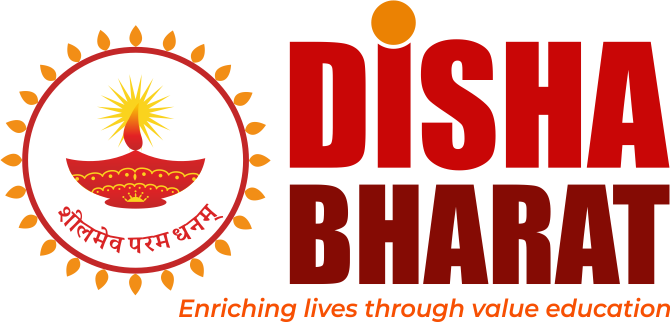Virabhadra is a mythological character created by Lord Shiva, and this pose derives its name from there. The Virabhadrasana I is an asana honoring the feats of a legendary warrior. Hence, it is also called the Warrior 1 pose. This asana is considered to be one of the most graceful postures in yoga, and it adds a whole lot of beauty to the workout.
Duration: 20 seconds on each leg
Repetitions: 1
Strengthens: Ankles, Thighs, Shoulders, Calves, Arms, Back
Stretches: Ankles, Navel, Groin, Thighs, Shoulders, Lungs, Calves, Thorax, Neck
How To Do The Virabhadrasana
1. Stand erect and spread your legs about three to four feet apart. Your right foot should be in the front and the left foot behind.
2. Now, turn your right foot outwards by 90 degrees and the left by 15 degrees, making sure the heel of the right foot is perfectly aligned with the center of the left foot.
3. Lift your arms sideways until they reach the height of your shoulders. Your arms must be parallel to the ground, and your palms should be facing upwards.
4. Exhale and bend your right knee, such that your knee and ankle form a straight line. Make sure that your knee does not go ahead of your ankle.
5. Now turn your gaze to your right.
6. As you move into the pose, stretch your arms further and join your palms above your head. Look at your palms. Gently push your pelvis down.
7. Hold the pose with the same determination as a warrior, and wear a smile on your face. Breathe normally and keep going down.
8. Inhale and come up.
9. Exhale and gently bring your hands down from the sides.
10. Repeat this pose on the left side, with your left leg in the front and the right one at the back.
Benefits Of Virabhadrasana I
These are some amazing Virabhadrasana 1 benefits:
1. This asana is known to strengthen and tone the lower back, the arms, and the legs.
2. It helps to stabilize and balance the body as it increases the stamina.
3. It is also a great asana for those with desk or sedentary jobs. It stimulates the metabolism as well as restores the spine.
4. This asana helps ease out frozen shoulders.
5. It also helps release stress from the shoulders almost immediately.
6. This asana relaxes the mind and the body, spreading the notion of peace, courage, grace, and a sense of auspiciousness.
The Mythology Behind Virabhadrasana I
The story goes like this. There was a king called Daksha who didn’t invite his daughter Sati and her husband Shiva to a yagna (sacrifice ritual). She couldn’t deal with the humiliation and insult, so she barged into the venue, walked into the fire, and burned in it. When her husband arrived at the venue and found his beloved wife dead, he was saddened and enraged. He plucked out a strand of his hair and beat it to the ground, from which rose a powerful warrior. He named this warrior Virabhadra or hero-friend, and sent him to destroy Daksha and all his guests present at the yagna.
The Virabhadrasana I is the first aspect of Virabhadra’s arrival, as he thrusts his way up from below the earth.
Precautions And Contraindications
- It is important to consult a doctor before you practice this asana, especially if you have spinal problems or have just recovered from a chronic illness.
- If you have shoulder pains, raise your arms and leave them parallel to each other instead of holding them above your head.
- If you have neck problems, you should not look up at your hands after you stretch them.
- Pregnant women will benefit from this asana, especially if they are in their second and third trimester, but only if they have been practicing yoga regularly. This must be done under the guidance of their trainer and with a doctor’s permission.
- If you suffer from knee pain or have arthritis, you can use the support of a wall to do this asana.
- People suffering from heart problems or high blood pressure should avoid this asana

